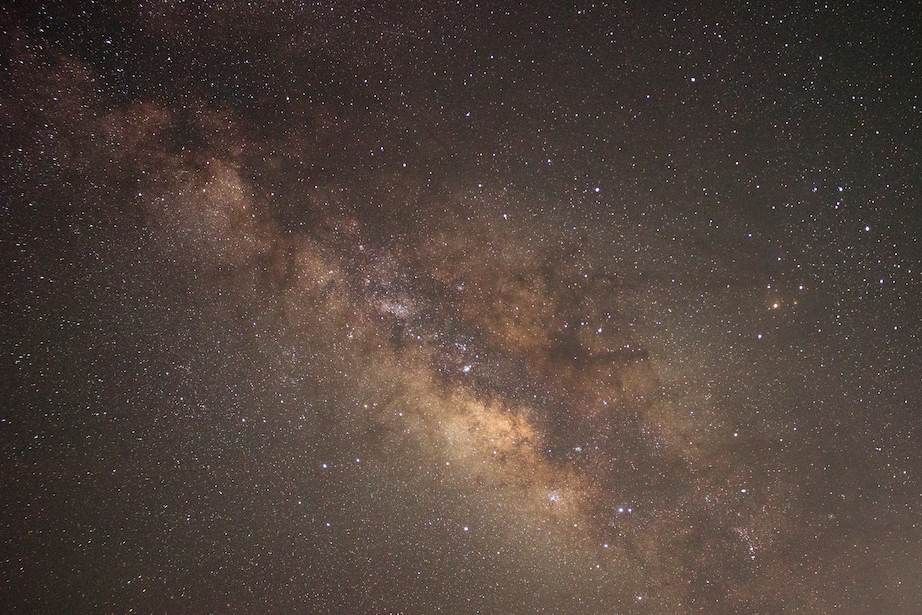

Mika Lambert
Astronomy and Astrophysics PhD student at the University of California Santa Cruz
Hello! I'm Mika Lambert (she/her), currently a third-year PhD student at the University of California Santa Cruz and NSF GRFP fellow.

I was born in Boston, MA, raised in Phoenix, AZ, and obtained a B.S. in astronomy at the University of Arizona. I owe my curiosity for the cosmos to my high school physics teacher and the 1997 movie "Contact." I hope to inspire the next generation of students to pursue STEM fields and make science in higher education more accessible through outreach programs!
Current Research
My current research project is investigating the perturbations of the Milky Way disk . All-sky surveys have mapped the disk and halo of the Galaxy, and these surveys have uncovered inhomogeneity in the spatial and kinematic distribution of the stars in the Milky Way (MW) disk and a wake from mergers in the halo. A large gravitational perturbation in the past has resulted in observational evidence that the MW is in the stages of returning to equilibrium. The main suspect causing these disturbances: the Sagittarius Dwarf Galaxy.
I am currently using spectroscopic data from DESI to study the inhomogeneities of the Milky Way disk to decipher how it evolved to its present state.
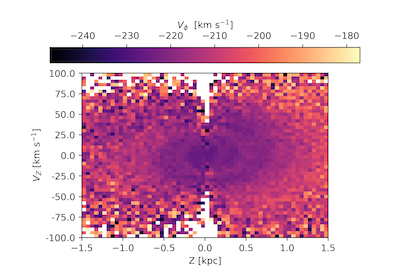
Previous Research
Systematically Measuring Ultra-Diffuse Galaxies (SMUDGes)
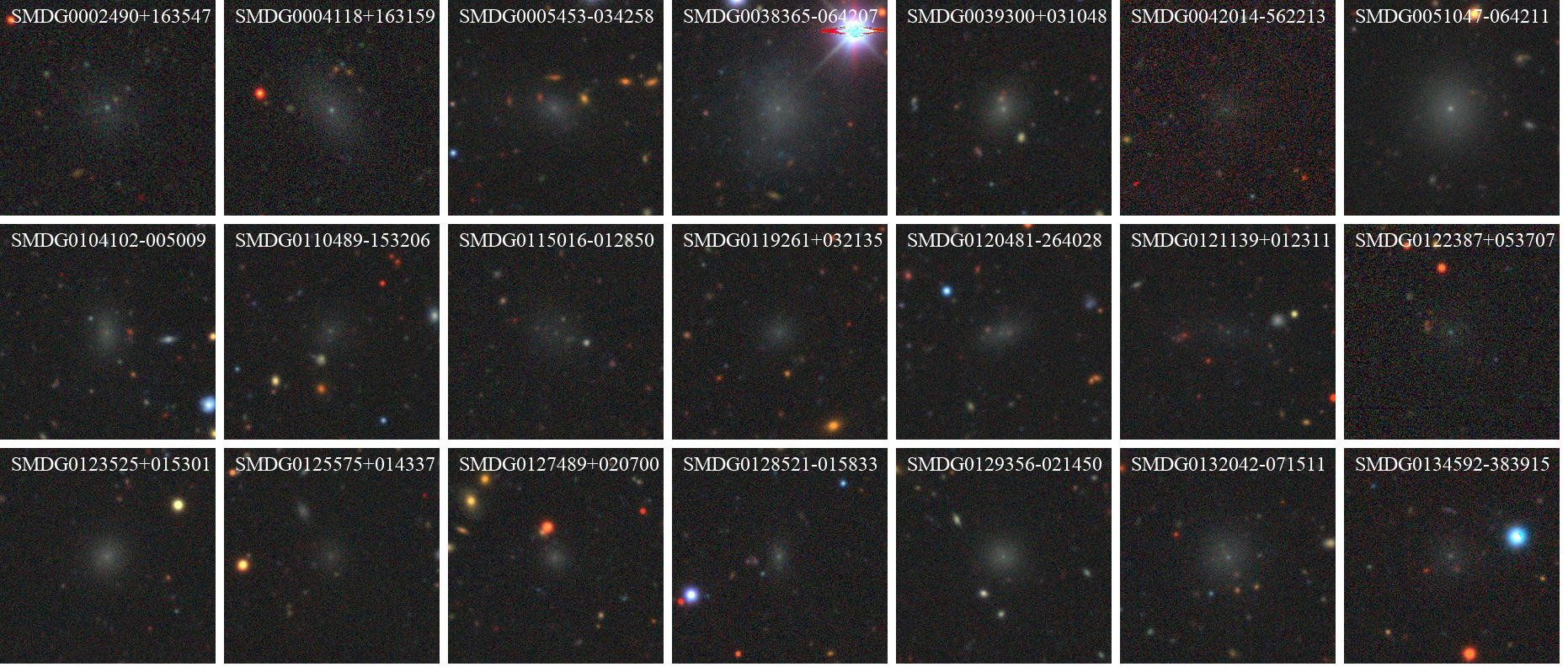
Ultra-diffuse galaxies (UDGs)are an increasingly popular topic in astronomy due to their peculiar properties. They have an extremely large mass-to-light ratio indicating the presence of large amounts of dark matter, and their formation process is unclear.
I developed analysis software to identify nucleated low surface brightness galaxies, specifically UDGs, and measure the properties of their nuclear sources. The goal was to measure the incidence of nuclear clusters in these galaxies and to uncover any galaxy properties that led to an increased incidence rate. The properties of the nuclear core will also be used to constrain models for the formation and evolution of these cores.
An Object at the Hydrogen Burning Limit Orbiting an Early M-type Star
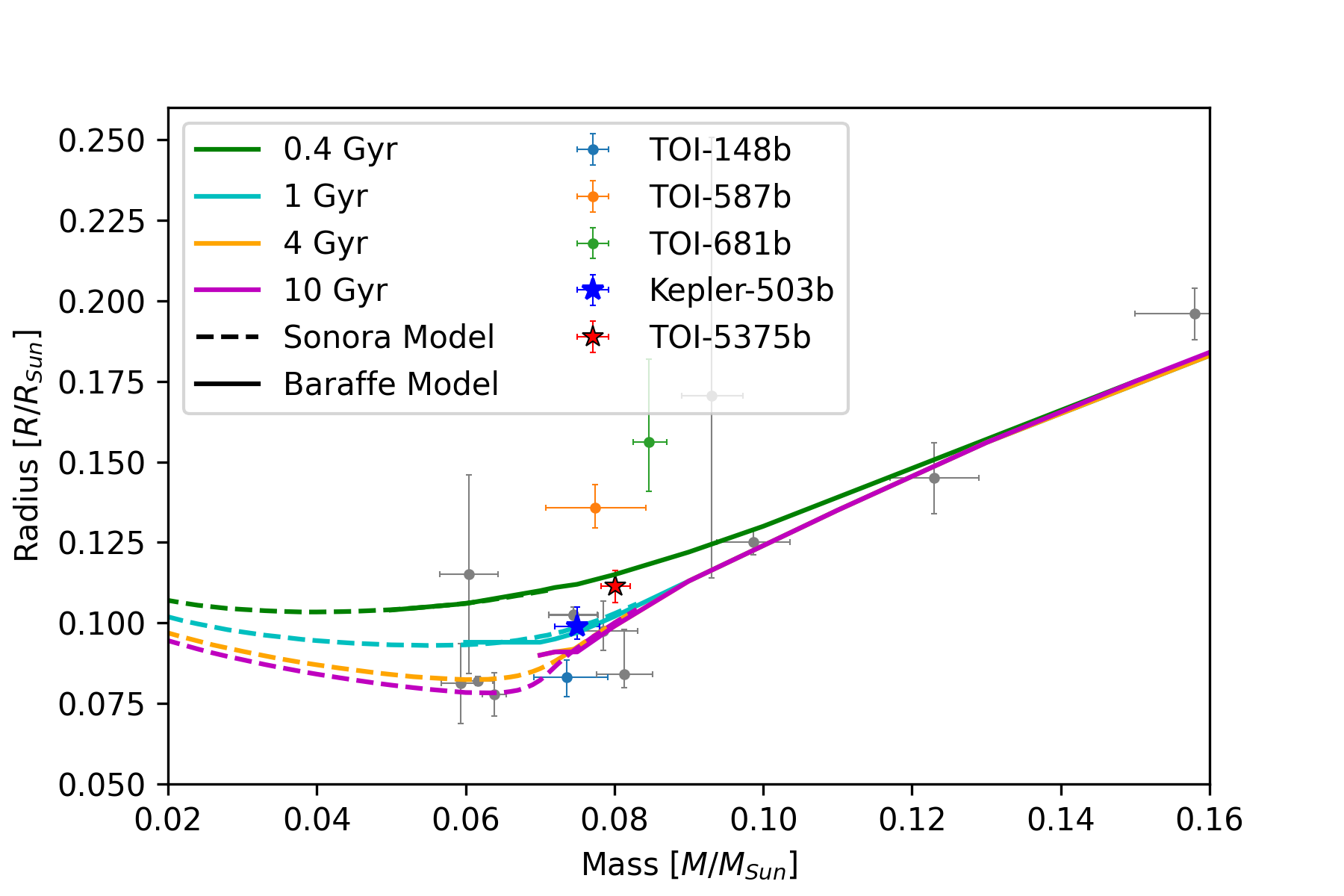
At the University of Arizona and with collaborators at Penn State, I worked on Transiting Exoplanet Satellite Survey (TESS) exoplanet follow-up characterization. I used ground-based high-resolution spectroscopy from HPF to measure radial velocities and characterize both the host stars and exoplanets.
I specifically worked on characterizing a system labeled TOI-5375. I modeled the orbital parameters, mass, and radius of the target, and concluded the companion is a very low-mass star (VLMS) at the hydrogen-burning limit and is only 400 Myrs old.
Interests
When I'm not debugging code, you can catch me participating in outreach programs, painting, rock climbing or hiking!
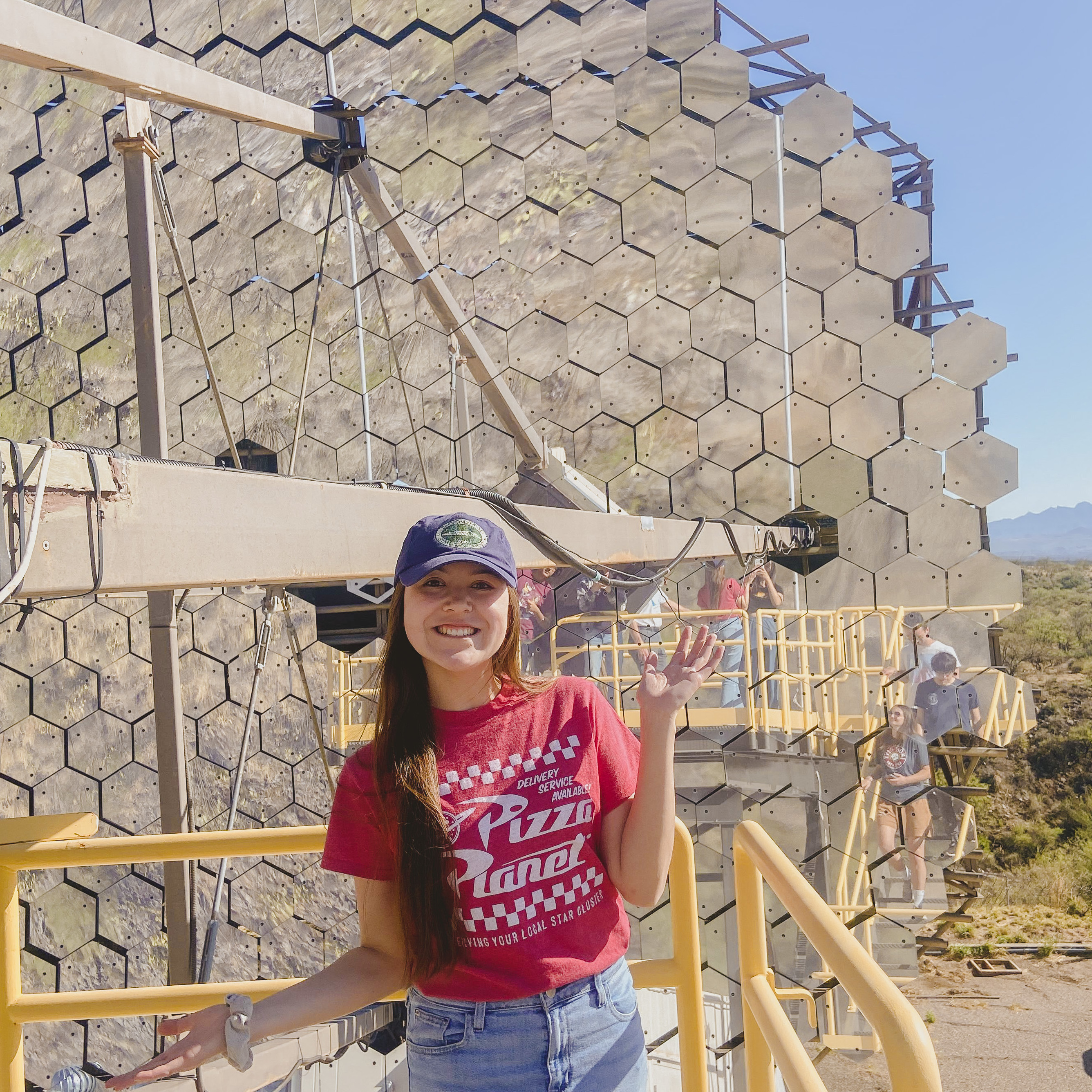
Outreach
Outreach is a fulfilling part of being a researcher because I love being able to connect with the community over astronomy! Teaching students about the constellations or planets will always bring me joy! I am also passionate about lowering the barriers to enter PhD programs in astrophysics. Check out my website that provides advice and resources for the process of applying to graduate programs and the NSF GRFP fellowship!

Art and Photography
I've always loved creating stuff with my hands since I was little and my favorite medium to work with is watercolors! I have more recently dabbled in astrophotography which is a completely new form of art for me, and exciting nonetheless.
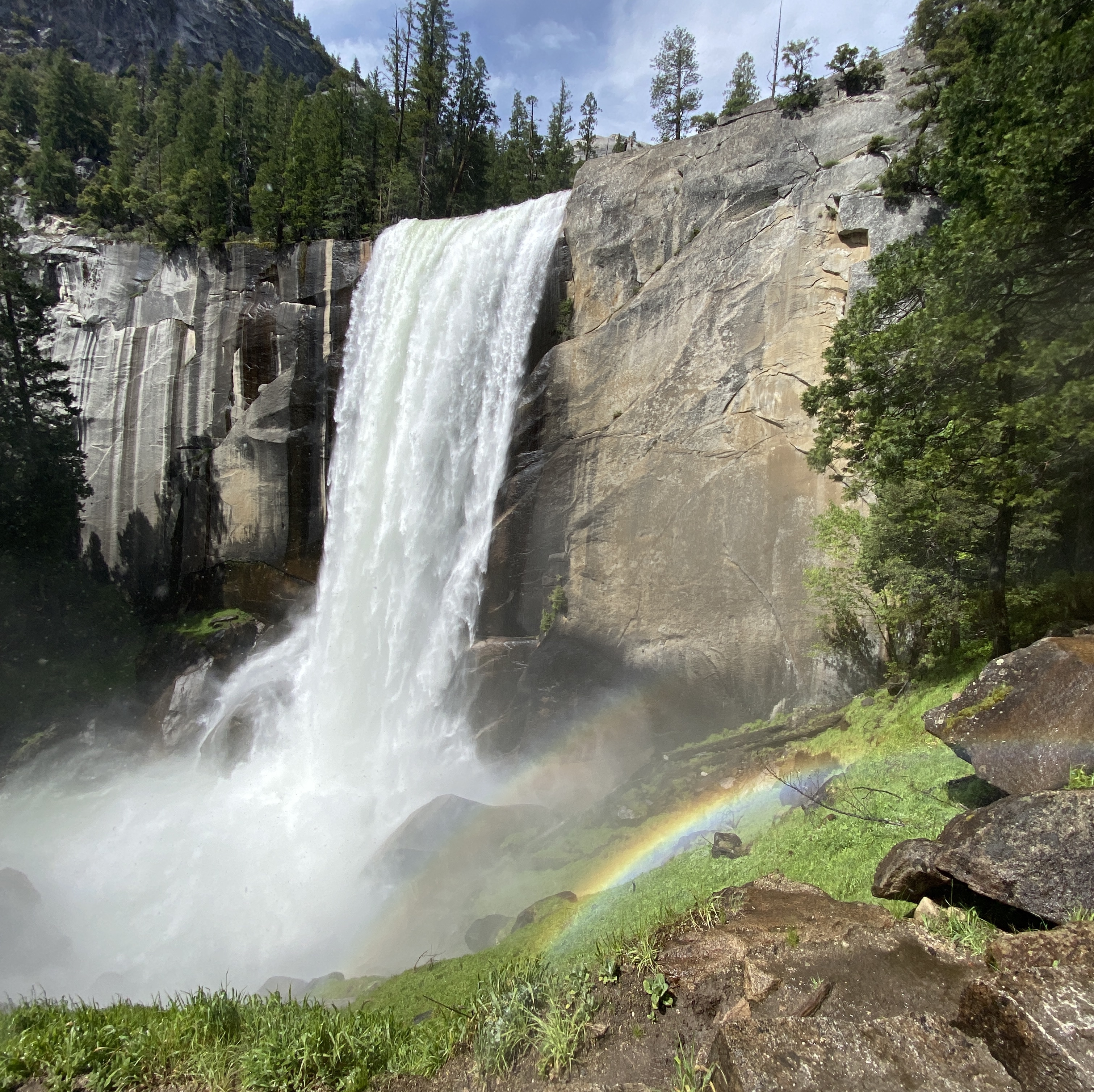
Hiking
My favorite way to stay active is by hiking! Arizona had many beautiful hiking trails through desert cacti and ancient rock formations that I appreciated while I was there. California's diverse landscape has much to offer as well! From coastal beaches to towering redwoods, I'm always looking to explore more of Santa Cruz!